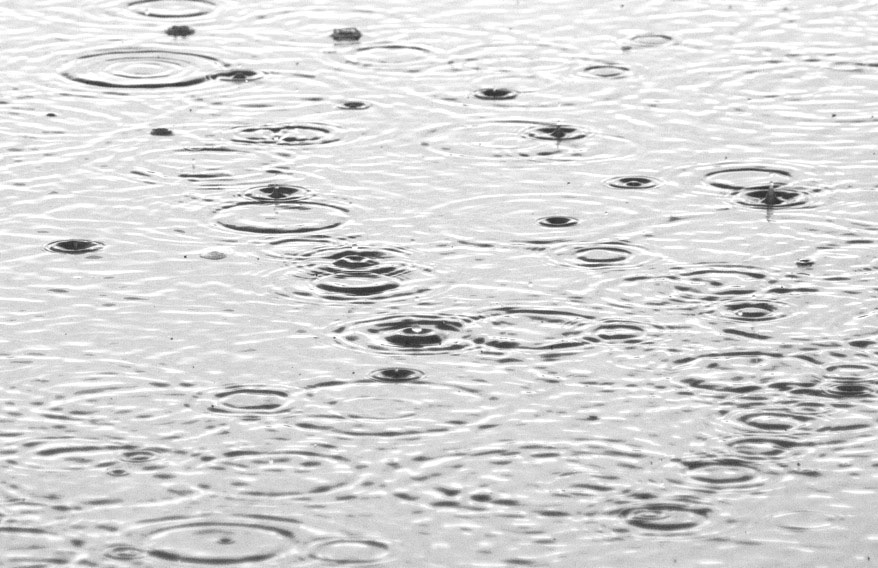Snowpack jump not expected to alter state plan to withhold water allocations
California’s last snowpack measurement of the winter season took place Tuesday, and shows an increase in the state’s frozen water source.
But don’t look for the state to release supplies to State Water Project (SWP) contractors, said David Okita, general manager of the Solano County Water Agency.
Though Okita and Chris Lee, Solano County supervising water resources specialist, said the county has not gotten new information from the state, they also don’t expect any change in the decision to withhold all water from SWP contractors, including Benicia.
“We don’t expect an increase to the zero allocation,” Okita said.
In January, after tests showed snows were only 12 percent of where they should be, SWP officials shut the valves on its contractors, who pay in advance for water rights no matter how much they receive. Benicia, which usually counts on the SWP for 85 percent of its water supply, is looking to spend up to $900,000 for the right to use water from additional sources to supplement its reserves.
That’s because in some cases, access to some of those reserves depends on the SWP’s percentage of contract fulfillment, city staff has reported to the City Council.
The state Department of Water Resources California Data Exchange Center’s tally for Monday’s test said 98 stations throughout the state reported an average snow-water equivalent of 9.2 inches, or 32 percent of what is normal for this date. Northern California’s 27 stations, measuring along the Northern Sierra and Trinity regions from Trinity through Feather and Truckee, reported an average snow-water equivalent of 6.8 inches — 23 percent of normal.
In California’s Central Sierra, from Yuba and Tahoe through Merced and Walker, 42 stations reported an average snow-water equivalent of 11.4 percent, or 38 percent of normal for this date.
In California’s Southern Sierra, San Joaquin and Mono through Kern, 29 stations reported an average snow-water equivalent of 8.2 inches, or 31 percent of normal.
Statewide, reservoirs are at about 45 percent of capacity.
Putah Creek-area reservoir Lake Berryessa has a capacity of 1.6 million acre-feet of water, and usually averages nearly 1.4 million acre-feet. The Data Exchange Center said Monday the lake currently has a little more than 1.1 million.
It’s at 70 percent capacity, Okita said, though it’s also at 79 percent of its average, better than some reservoirs in the state.
Some actually have healthier amounts, from the Lewiston, Crystal Springs, San Antonio, San Andreas and Modesto, which have exceeded their averages.
But many other places have far less. Clear Lake, on the Klamath River, has just 21 percent of its average, and the Buchanan Reservoir on the Chowchilla River is down to 18 percent.
Sometimes the numbers can be deceptive. For instance, the Florence Reservoir on the San Joaquin River is sitting on 325 percent of its average, but its average is less than 2,000 acre-feet of water, compared to its current amount of 6,000 acre-feet.
While most areas report rains at about 20 to 30 percent of normal rates, it’s gotten as low as 8 percent of normal in Fairmont and 9 percent in Long Valley and Coalinga.
A few places along the Truckee River, and in such places as Cedarville in Surprise Valley and Isabella Dam on the Kern River, have better numbers. But no place has reached as much as 50 percent of their seasonal average.
Snow and its melting runoff is a major source of California’s water. In January, the first snow storm of 2014 brought about 2 feet of snow. That’s the equivalent of up to 2 inches of water. The snow measurement that month was just 12 percent of where it should be, said Frank Gehrke, chief of the California Cooperative Snow Survey Program of the Department of Water Resources — the lowest it’s been in more than 50 years, when records started noting such measurements. Prior to that, the worst years were 1991 and 1963, when 21 percent of average were recorded.
Lynn Ingram, a paleoclimatologist at the University of California-Berkeley said the season had the potential to be “the driest water year in 500 years, going back to 1580.”
She said Californians were lucky in the previous century, which she called “unusually mild” and wetter than normal. She predicted this drought’s impact on agriculture could reach $1 billion in a single year, and the bad news could continue after 2014.
California droughts can go on not just for years but decades, and at times have been even worse — including for more than a century during the medieval era, Ingram said.
In 2012, a published study called “Reduction in Carbon Uptake During Turn of the Century Drought in Western North America” contended that western states experienced a “mega drought” from 2000 to 2004, which writers called the worst since 1146 to 1151.
This paper used climate models to predict that the weather during 2000 to 2004 would become “the new normal.”
The authors predicted a consistent decline in precipitation through at least 2100, making it a challenge for the Southwest to support any population increase. Other studies have examined tree rings to make similar predictions.
The late March showers that continued to dampen the Bay Area through Tuesday “has had a very minimal increase in water — a few thousand acre-feet” at Lake Berryessa, Okita said.
“It’s better than no rain at all,” he said. But as for the drought, “it didn’t put a dent in it.”







Leave a Reply